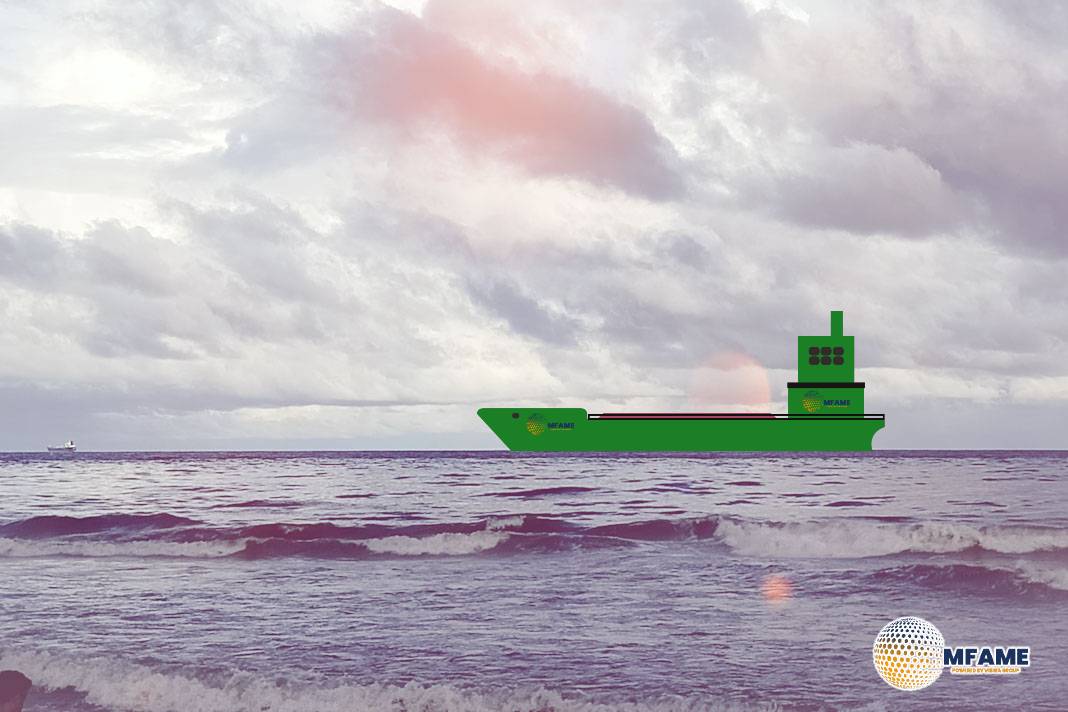- Battery-powered vessels introduce unique hazards, like fires and toxic gas emissions.
- Incidents affect crew safety, vessel stability, and cleanup efforts.
- Regulations need updates for lithium-ion battery risks, including firefighting and crew training.
ITOPF has published a report explaining the potential damage & liabilities arising from a shipping incident involving a li-ion battery powered vessel, reports Safety4sea.
Shipping Incident Involving a Li-ion Battery Powered Vessel
As explained in the “Fate, Behaviour, Potential Damage & Liabilities Arising from a Shipping Incident Involving a Li-ion Battery Powered Vessel” report, at least half of existing vessels with li-ion batteries utilise the technology as part of a hybrid system paired with a traditional combustion engine using conventional fuels (or possibly biofuels).
Li-ion batteries can be considered as inert when functioning normally and do not pose the same risk of pollution as the fuel oils in traditional combustion engine propelled vessels. However, if damaged, Li-ion batteries have the potential to undergo thermal runaway, generate large vapor clouds, and result in vapor cloud explosions.
The point at which a battery will go into thermal runaway cannot be predicted with certainty but is more likely to occur after excessive heat exposure, if the battery is physically damaged, or is overcharged. Increased heat production increases the reaction rate, in turn producing more heat, which then leads to uncontrolled positive feedback: the thermal runaway.
The sharp rise in internal battery temperature causes the inner structures of the battery to destabilize and degrade, which leads to failure of the battery. This will result in extremely high temperatures and may lead to jet-like flames emanating from the battery on very short timescales (seconds to minutes).
This is a self-sustaining heat source that is challenging to extinguish, with the potential to reignite hours to days after the initial flames have been extinguished. If a battery undergoes thermal runaway, the resulting flames and/or explosion are likely to result in the propagation of thermal runaway to neighboring battery units.
When a Li-ion battery enters thermal runaway, prior to ignition, a large white vapor cloud will be produced. The greater the power density of the battery, the greater the amount of gas likely to be produced.
Li-ion battery fires & maritime incidents
Li-ion batteries within a propulsion mechanism are not necessarily more prone to fire compared to traditional combustion engines, however, the consequences can be more significant because they are far more difficult to extinguish and are capable of spontaneously reigniting hours or days after the initial fire has been extinguished. From recent industry experience of incidents involving Li-ion battery-powered electric vehicles (EVs) being transported at sea, the speed at which thermal runaway initiates and the ability of the Li-ion batteries to sustain fire may lead to the vessel sinking or being declared a constructive total loss (CTL).
Read more on hazards of Li-ion battery incidents.
Did you subscribe to our daily Newsletter?
It’s Free Click here to Subscribe!
Source: Safety4sea
















